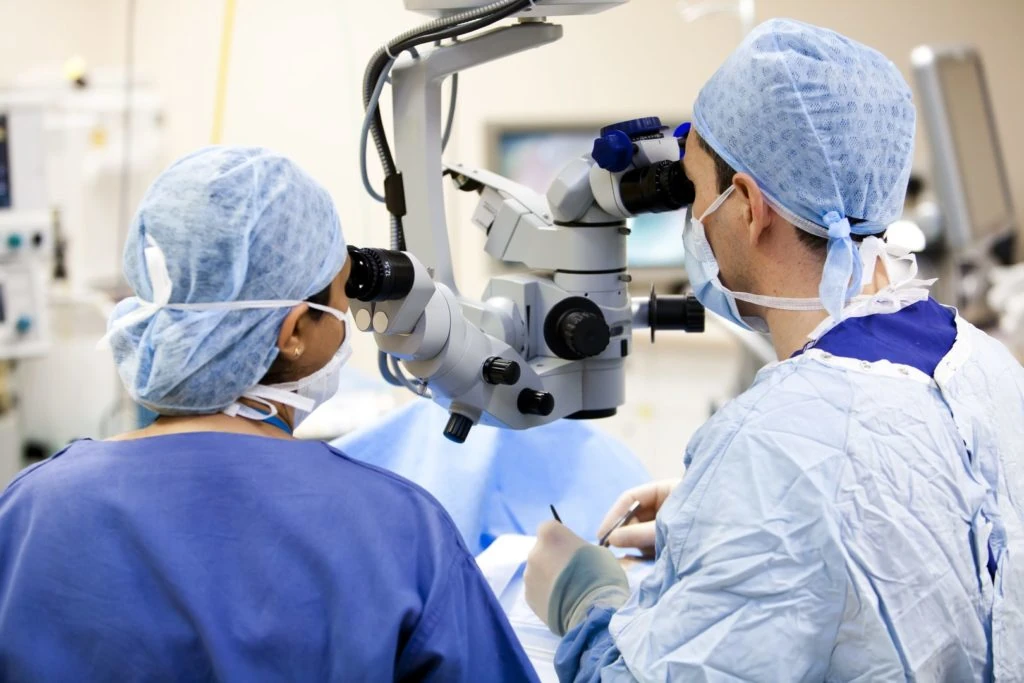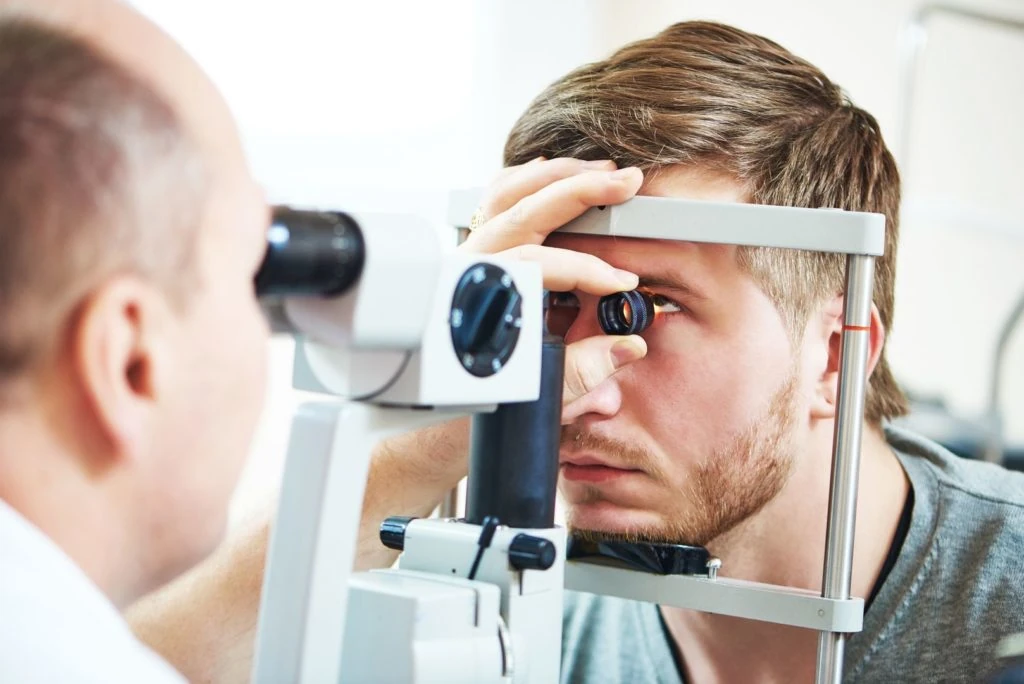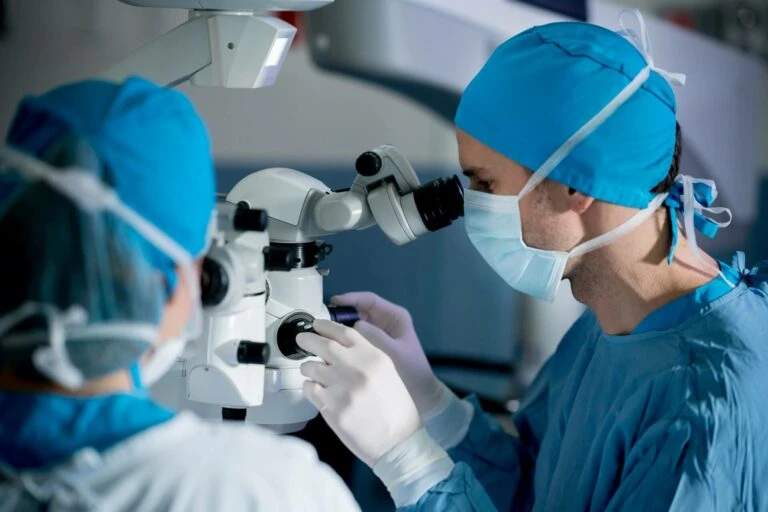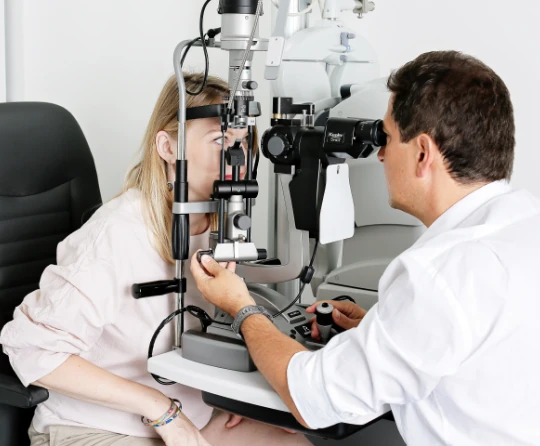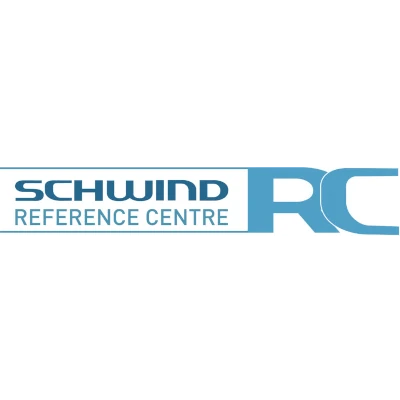As mentioned, the number of complications after laser eye-rests is estimated at 1% of treatments.
As a result of the procedure, in-growth or displacement of the corneal flap (flap) may occur, which can be corrected with a quick procedure.
The phenomenon of corneal protrusion (keratectasia) is extremely rare (1 in 10-40,000 cases), but when it does occur it is easy to strengthen the cornea with the CXL method.
Due to the variability of the healing process and the power of the laser, undercorrection or overcorrection of 20% of the desired visual acuity may occur, but this can be corrected within 3-8 months after surgery.
How the procedure goes, what the patient feels
Laser vision correction is performed under local anesthesia in an outpatient setting. Depending on the method chosen, the patient may experience more or less, but short-term discomfort. None of the laser vision correction methods are associated with painful sensations AFTER the operation.
The first phase of the operation always looks the same: it is the precise preparation of the operation area. The patient’s face is washed with a special disinfectant, and his eyes are anesthetized through eye drops. The patient’s eyelids are painlessly immobilized with dilators. Further treatment depends on the method chosen. The management procedures are different in each case, as is the recovery time to normal function and full visual acuity.
After laser eye surgery, there may be pain, which is relieved with ordinary painkillers.
Shortly after FemtoLASIK surgery, patients may notice that they can see more clearly, but their eyes should remain protected for the rest of the day. After FemtoLASIK surgery, patients may experience some discomfort from burning or stinging in the eye. Regeneration of the cornea takes several hours, and the patient can see very clearly the day after the procedure.
In the case of the Trans-PRK smart surFace method, it takes another 4-5 days for the ability to see to recover, and ideal vision is regained after 3-4 months . In a small number of cases, treated patients complain that the healing process is sometimes a bit painful, and some patients also experience a sense of corneal haze/scarring (haze effect). This usually causes a temporary deterioration of vision. Eye drops help in this case for a short time, but this haze is not permanent. It is essential that the patient always attend the follow-up appointment scheduled by the ophthalmologist after the procedure.
With the LASEK/PRK method, the patient notices an improvement in vision, but the eyes should remain protected for the rest of the day. Cell regeneration after surgery takes place in the first 2-3 days and can cause severe pain as the upper layer of the cornea is removed. The pain can be relieved with painkillers. Keep in mind that the quality of vision may still change in the first weeks and months after the procedure.
